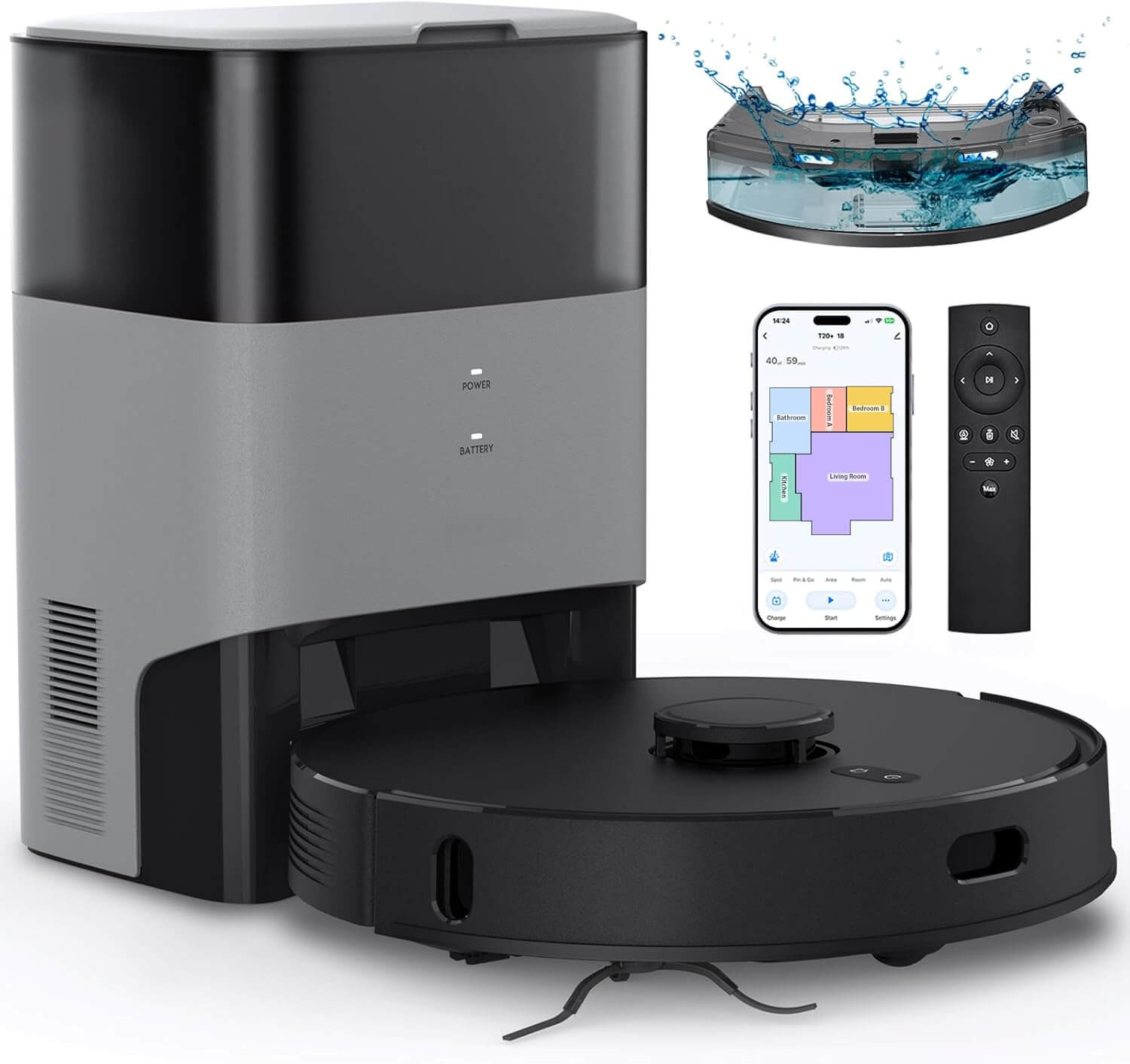Introduction to Pressure Cookers
Pressure cookers are a vital appliance in contemporary kitchens, known for their ability to reduce cooking times while enhancing the flavors and nutrients of food. These devices operate using the principle of pressure cooking, where steam is trapped inside a sealed pot. As the liquid heats, the steam builds up, creating high pressure that cooks food faster than traditional methods. This efficient cooking technique simplifies meal preparation, making it an attractive option for both novice and experienced cooks.
At the heart of a pressure cooker is its lid, which locks in place to form a tight seal. This design prevents steam from escaping, allowing the temperature inside the pot to rise above the normal boiling point of water. The increased temperature enables food to cook in significantly less time, making pressure cooking particularly advantageous for preparing tough cuts of meat, legumes, and grains, which often require extended cooking periods using conventional methods.
The popularity of pressure cookers has surged in recent years due to their versatility and energy efficiency. They are not only capable of pressure cooking but can also serve various functions, such as sautéing, simmering, and steaming, making them a multi-functional kitchen tool. With the advent of modern electric pressure cookers, such as the Instant Pot, users can enjoy programmable settings that further simplify meal preparation. These advancements have made pressure cookers a staple in many households, appealing to those seeking convenience without sacrificing food quality.
Understanding how pressure cookers work and their unique benefits can help cooks harness the full potential of this tool. By allowing for quicker cooking times and the preservation of flavors and nutrients, high-quality pressure cookers can transform meal preparation into a more efficient and enjoyable process. As culinary practices evolve, these appliances remain at the forefront of modern cooking solutions, promoting a seamless blend of speed and taste in food preparation.
Pros and Cons of High-Quality Pressure Cookers
High-quality pressure cookers offer a myriad of advantages that cater to both novice cooks and seasoned chefs. One of the most notable benefits is the efficiency in cooking time. Pressure cookers significantly reduce the duration required to prepare meals, making them an invaluable tool for those with busy schedules. For instance, dishes that would typically take hours to cook, such as stews and braises, can be completed in a fraction of the time. This time-saving feature not only enhances meal preparation but also allows for greater culinary exploration and creativity.
Another significant advantage is the preservation of nutrients. Cooking under high-pressure conditions shortens cooking time and minimizes the exposure of ingredients to heat, leading to better retention of vital vitamins and minerals. Therefore, utilizing high-quality pressure cookers can lead to healthier meals that maintain their nutritional value. Energy savings also contribute to their appeal, as these cookers require less energy to operate, ultimately resulting in lower utility bills.
In addition to efficiency and health benefits, versatility is a hallmark of these kitchen appliances. High-quality pressure cookers can be used for a variety of cooking methods—such as steaming, broiling, and even baking—making them suitable for an extensive array of recipes, from soups to desserts. However, it is essential to consider the potential drawbacks as well.
The initial investment cost of purchasing a high-quality pressure cooker can be substantial, which may deter some consumers. Furthermore, there is a learning curve associated with its usage; cooking safety protocols must be strictly adhered to in order to prevent accidents. Lastly, while modern pressure cookers are designed with numerous safety features, users may still harbor concerns regarding the potential for malfunction. Understanding these pros and cons can help individuals make informed choices when considering adding a pressure cooker to their culinary toolkit.
Cost Analysis: Are Premium Pressure Cookers Worth the Investment?
When considering the purchase of a pressure cooker, prospective buyers often encounter a wide range of options, from budget-friendly models to high-end premium versions. The cost disparity can be significant, leading to questions about the overall value of investing in a top-quality pressure cooker. On average, low-end pressure cookers can range from $30 to $100, while premium models can escalate to $200 or more, depending on the brand and features.
One of the primary factors to consider is durability. Premium pressure cookers are typically constructed from high-quality materials, such as stainless steel, which not only enhance their longevity but also improve cooking efficiency. In contrast, lower-end options may be made from less durable materials such as aluminum, which could affect cooking performance and lead to wear and tear over time.
Another aspect to examine is warranty options. High-quality pressure cookers often come with extended warranties that can provide consumers with added peace of mind. Many premium brands offer warranties ranging from three to ten years, underscoring their commitment to quality. Lower-end models may provide limited warranties, suggesting less confidence in their longevity and performance.
Performance is crucial when distinguishing between pressure cookers. Premium models generally offer better heat distribution, enhanced pressure regulation, and more advanced safety features. These aspects can lead to faster cooking times and improved energy efficiency, which can ultimately result in cost savings on energy bills over time.
In conclusion, while the initial investment in a premium pressure cooker may be higher, the benefits of durability, warranty coverage, and superior performance may justify the expenditure. By weighing these factors against the potential long-term savings, consumers can make informed decisions regarding their kitchen appliance choices.
Top 3 Recommended Pressure Cookers
When it comes to pressure cooking, choosing the right appliance can significantly impact your culinary efficiency. Based on performance, user reviews, and expert opinions, we have curated a list of the top three recommended pressure cookers available in today’s market.
1. Instant Pot Duo 7-in-1 – Renowned for its versatility, the Instant Pot Duo functions not only as a pressure cooker but also as a slow cooker, rice cooker, steamer, sauté pan, and even a yogurt maker. Its 7-in-1 capabilities make it an excellent investment for any kitchen. This pressure cooker features multiple cooking programs, allowing for easy meal preparation. With a price point averaging around $89, users appreciate its thoughtful design, ease of use, and safety mechanisms. Its 6-quart capacity is ideal for families, enabling the preparation of large meals in less time.
2. T-fal P45007 Clipso Stainless Steel Pressure Cooker – This model stands out for its robust construction and user-friendly design. The T-fal Clipso is made from durable stainless steel, ensuring longevity. It boasts a 6.3-quart capacity and a unique clip lid that ensures secure sealing. Priced around $70, it allows for high-pressure cooking at an optimal temperature, making it suitable for a variety of dishes. Users have praised its safety features, including a pressure indicator and steam release valve, crucial for peace of mind while cooking.
3. Presto 01362 6-Quart Pressure Cooker – A classic in the pressure cooking world, this model is known for its reliability and efficiency. The Presto 01362 is designed for stovetop use and features a 6-quart capacity, ideal for preparing a range of meals. With a price of approximately $45, it provides exceptional value for those looking to begin their pressure cooking journey. Its heavy-duty aluminum construction promotes even heating and enhances cooking performance, making it a popular choice among users.
Each of these pressure cookers offers unique features and benefits that cater to various cooking styles and preferences. Whether you prioritize functionality, durability, or affordability, exploring these options will help you find the perfect pressure cooker to enhance your culinary experience.

























